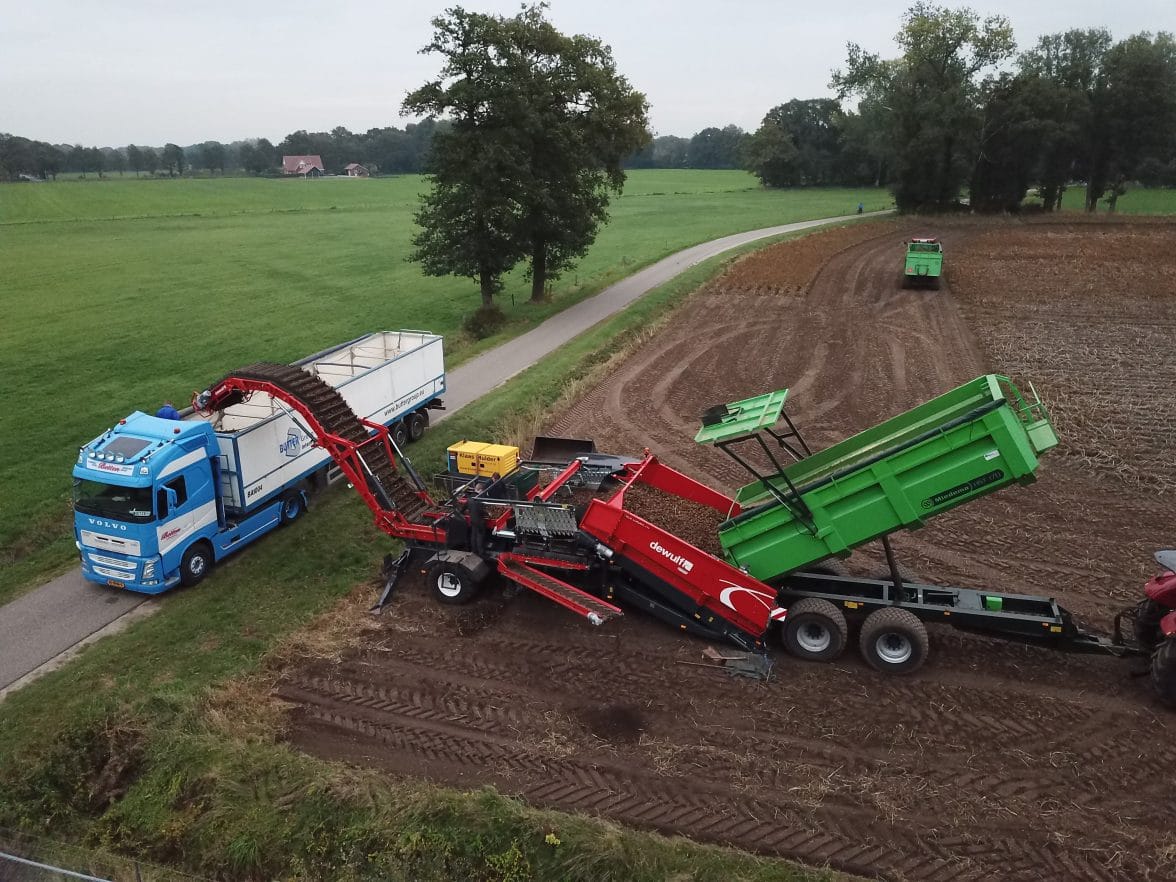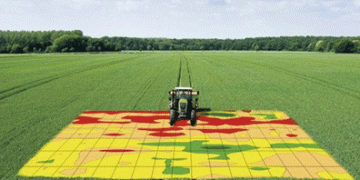The U.S. Department of Agriculture released a report, The Importance of Highways to U.S. Agriculture, prepared in close partnership with the Department of Transportation.
Agricultural producers are the single largest user of freight services, comprising 17 percent of freight movements across all transportation modes in dollar value and 33 percent of all ton-miles (U.S. DOT, BTS and U.S. Census Bureau, 2017). In 2017, 2.9 billion tons of agricultural products worth $2.5 trillion moved on the freight network.
“Agricultural freight movement is essential for moving goods from the farm to the consumer’s table. Efficient transportation helps keep food prices low for consumers and enables the U.S. agricultural industry to compete in a global marketplace,” said USDA Undersecretary for Marketing and Regulatory Programs Greg Ibach.
An earlier USDA report published in August 2019, The Importance of Inland Waterways to U.S. Agriculture, documents the critical role of barge transportation for agricultural products, particularly grains and oilseeds.
“Together the two reports can be used to identify important infrastructure investments, drive updates to state freight plans and long-range transportation plans, inform policy discussions, and help identify priorities for future research,” Ibach said.
The highways report examined the importance of highway infrastructure to the efficient movement of domestic agricultural products and continued market competitiveness. Nearly all agricultural products travel by highway for at least a portion of their journey. According to the report, highways provide critical “first and last mile” transportation connections to higher-capacity transportation modes such as rail, barge, and ocean vessel, and for many products requiring long distance transportation.

The report’s on the importance of highways analysis of agricultural commodity flows shows that 80% of domestic agricultural commodities travel on 17% of the U.S. highway mileage. These “High-Volume Domestic Agriculture Highways” (HDAH) are important to U.S. farmers, the agriculture industry, and downstream producers. This report utilizes a novel analysis technique to combine and geo-reference public and proprietary data sets to project future roadway conditions and model proposed projects to help anticipate benefits on 17 HDAH corridors. In addition, the study uses key stakeholder input from state Departments of Transportation to analyze and quantify selected performance challenges that domestic agricultural shippers encounter. These challenges include optimal commodity flows, safety, congestion, infrastructure condition, and roadway reliability.

The report includes:
- A summary of the economic significance of highway infrastructure to the agriculture industry and awareness of importance of highways to economic competitiveness;
- Identification of High-Volume Domestic Agriculture Highways (HDAH) based on commodity flows;
- Detailed data and analysis of the performance of 17 HDAH corridors using a novel approach;
- Modeled projections of future highway freight conditions and performance, including planned projects;
- Notable practices for addressing the infrastructure needs of the agriculture industry through six case studies; and
- A framework for conceptualizing and coordinating efforts to improve infrastructure decision-making among federal, state, and regional decision makers for agricultural shipments via highways.
While the development of this report on the importance of highways coincided with the advent of the worldwide COVID-19 pandemic in early 2020, the data sources, estimates, and future projections used in this study, including USDA’s agricultural projections, were largely developed prior to the pandemic. Therefore, the report does not discuss the impact of the pandemic.






